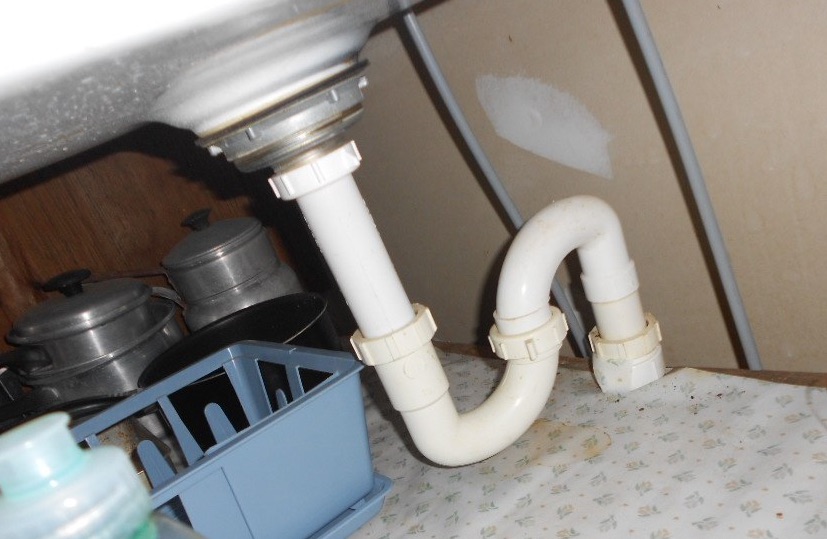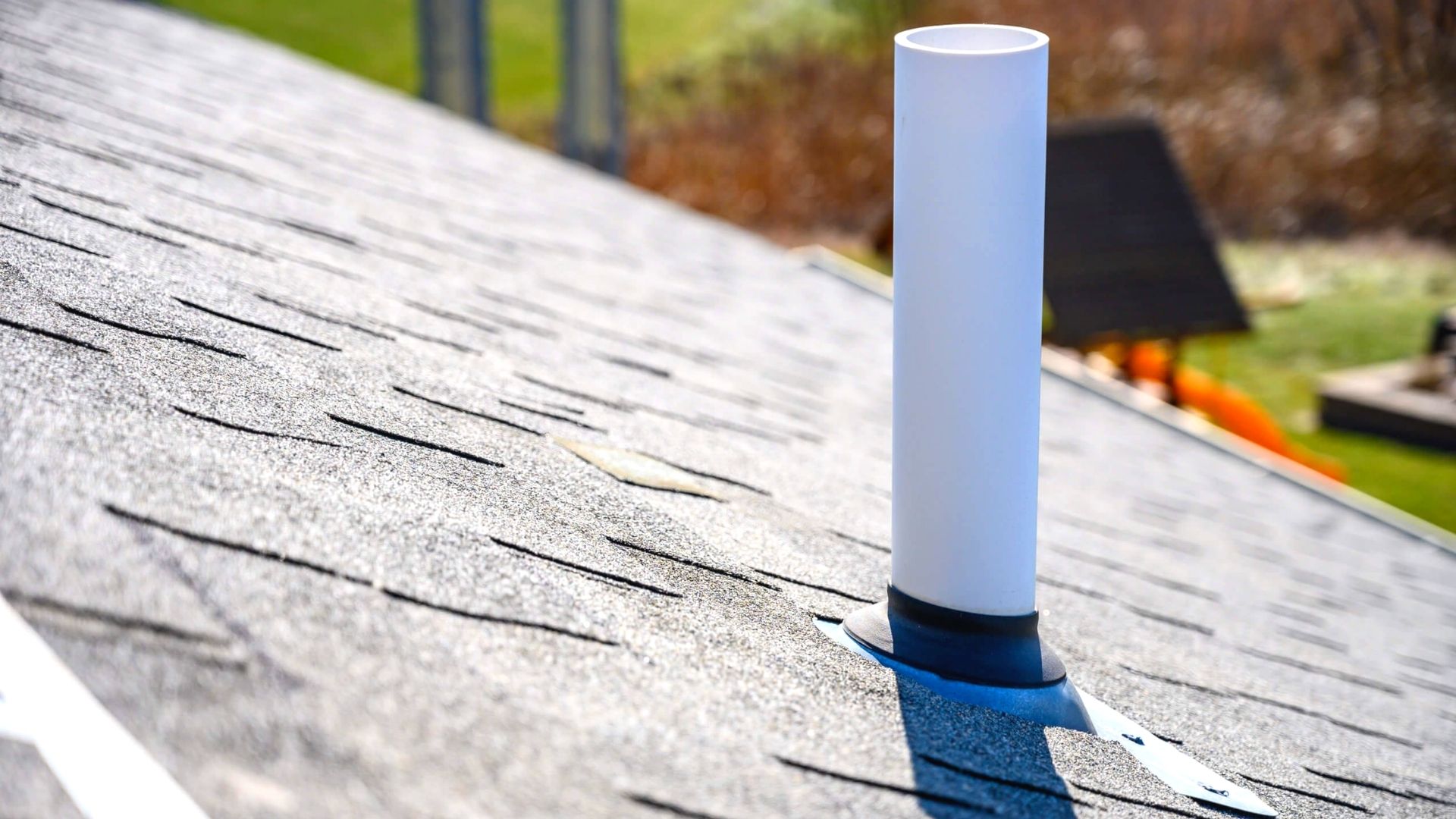Achieving Proper Ventilation in Your Plumbing System: How
Achieving Proper Ventilation in Your Plumbing System: How
Blog Article
They are making a number of good annotation regarding Essential Plumbing Vent Pipes: Understanding Their Role overall in the content on the next paragraphs.

Appropriate ventilation in plumbing systems is typically forgotten, yet it is vital for keeping the functionality and safety of your home's plumbing. Air flow assists regulate air pressure, stop the build-up of damaging gases, and make certain the effective elimination of waste. In this guide, we will certainly check out the value of appropriate pipes air flow, exactly how it functions, and the benefits it offers your pipes system.
Understanding Ventilation in Pipes
Air flow in plumbing describes the network of pipes that allow air to move via the water drainage system. These vents serve multiple purposes, consisting of controling air pressure within the pipes, preventing sewer gases from going into the home, and helping in the smooth flow of wastewater.
How Ventilation Works in Plumbing Equipments
Atmospheric Pressure Guideline
Appropriate air flow preserves well balanced air pressure within the plumbing system. When water flows with pipes, it displaces air. Without sufficient ventilation, this displacement can create negative stress, leading to reduce drains pipes or siphoning of water from catches, which can trigger unpleasant odors to permeate right into the home.
Protecting Against Drain Gas Accumulation
Among the most vital functions of pipes vents is to prevent sewage system gases, such as methane and hydrogen sulfide, from gathering within the home. These gases can present major health dangers and are very flammable. Vent pipes enable these gases to run away safely outside.
Helping in Waste Removal
Air flow assists in the reliable removal of wastewater by avoiding airlocks in the water drainage system. When air can move openly through the vents, it allows water and waste to move smoothly through the pipes, decreasing the danger of obstructions and backups.
Kinds Of Plumbing Vents
Key Heap Vent
The primary stack vent, also known as the vent pile, is the main air vent in a plumbing system. It prolongs from the main drain align through the roofing, enabling gases to escape and fresh air to get in the system.
Branch Vent
Branch vents link to the main pile vent and serve specific fixtures, such as sinks, toilets, and showers. These vents guarantee that each fixture has sufficient air flow to work effectively.
Air Admittance Valve (AAV).
An Air Admittance Shutoff (AAV) is a one-way valve that permits air to enter the plumbing system without the demand for a typical vent pipeline extending with the roof. AAVs are typically used in improvements or areas where mounting a standard air vent is impractical.
Signs of Poor Air Flow in Plumbing.
Slow Draining Fixtures.
If your sinks, bathtubs, or commodes are draining gradually, it could be an indicator of bad air flow. Inadequate air flow can develop a vacuum cleaner impact, making it challenging for water to drain pipes correctly.
Gurgling Seems.
Gurgling noises originating from drains pipes are usually a result of air being sucked through water catches due to unfavorable stress in the pipes. This is a clear indicator of insufficient ventilation.
Undesirable Smells.
Drain odors inside your home are a warning that your pipes system is not effectively aerated. This might imply that sewage system gases are not being appropriately vented outside, resulting in possibly dangerous problems.
Typical Ventilation Errors.
Inadequate Vent Sizing.
Using undersized air vent pipes can lead to inadequate air circulation and stress imbalances in the system. It's essential to make use of vents that fulfill the particular requirements of your pipes system.
Improper Vent Positioning.
Placing vents as well far from the components they serve can lower their performance. Proper placement makes certain that air can flow freely and efficiently through the system.
Ignoring Code Requirements.
Building ordinance offer certain standards for plumbing air flow. Neglecting these codes can cause a system that fails to function correctly and may lead to costly repairs or health hazards.
Benefits of Proper Ventilation.
Improved System Effectiveness.
Properly aerated pipes systems operate more efficiently, with fewer blockages, faster draining, and much less strain on the pipelines. This performance extends the life expectancy of the pipes system.
Improved Air High Quality.
By stopping sewer gases from entering your home, proper ventilation contributes to better interior air top quality, making your living setting healthier and more comfortable.
Avoiding Water Damages.
Adequate ventilation assists avoid water from being siphoned out of traps, which can result in drain gases getting in the home and causing water damages with time.
Steps to Make Sure Correct Ventilation.
Consulting Pipes Codes.
Always speak with neighborhood plumbing codes when developing or customizing your pipes system. These codes offer the needed guidelines for proper airing vent and guarantee your system satisfies safety and security criteria.
Normal Examination and Upkeep.
Routine evaluations can help determine prospective air flow concerns before they become significant problems. Maintenance jobs, such as cleaning vent pipes and checking for clogs, are essential for keeping the system in good working order.
Specialist Setup.
For brand-new setups or major alterations, it's a good idea to hire a specialist plumbing technician. They have the experience to make sure the ventilation system is properly created and set up according to code.
Conclusion.
Proper air flow is an essential element of any pipes system, making certain that it functions efficiently and securely. By comprehending the value of air flow, identifying the indicators of bad air flow, and taking steps to preserve your system, you can avoid costly issues and protect your home's air quality.
4 Things You Should Know About Your Plumbing Vents
What Plumbing Vents Are
Also called a vent stack, a plumbing vent is a vertical pipe attached to your drain line that runs through your roof. The plumbing vent pipe, or plumbing air vent, removes gas and odors from your plumbing system and allows fresh air to enter the pipes, helping the water to flow out of the drain pipes.
What Plumbing Vents Do
Plumbing vents have two basic functions. One of which is to allow unpleasant smelling wastewater and sewer gasses to escape your plumbing system instead of entering your home. Plumbing vent pipes are typically located on roofs, away from windows, to ensure the fumes exit the home completely.
The other function of the plumbing vent is to move fresh air into your plumbing system. This helps move water through every plumbing fixture in your house, like toilets and sink drains. Think of the way in which you need to let a little air into the bottle as you pour soda in order to make the drink flow smoothly.
Different Types of Plumbing Vents
True vent: This is the most common vent option. In simplest terms, a true vent is a vertical pipe attached to your drain line that exits through the roof. They often function as the main vent that other fixtures can connect to. Re-vent pipe or auxiliary vent: Attached to the drain line near specific plumbing fixtures, re-vent pipes run up and over to connect to the main vent. Common vent: Two plumbing fixtures installed on opposite sides of a wall are typically tied into the vent stack using something known as a sanitary cross. Wet vent: This venting option operates as a drain pipe and a vent at the same time. Wet vent drainage systems drain water from one fixture while venting the air from another. Although they’ve been used for over 100 years, wet vent systems have only recently been added to the plumbing code in many areas. If you’re planning on installing one in a bathroom remodel, make sure you check your local code prior to construction. Loop vent: For free-standing fixtures like kitchen island sinks, loop vents are ideal. These vent pipes run under the floor, rise from the P-trap, and create a loop inside the cabinet sink. Air admittance valve: An AAV is a one-way mechanical valve typically installed at the site of the plumbing fixture. AAVs allow venting to occur without having to tie into a larger venting system. They’re ideal for venting fixtures where you aren’t able to easily connect to an existing vent system. Common Plumbing Vent Issues
Although vent pipes typically don’t have water flowing through them, they’re still subject to many typical plumbing issues. For example, clogs are one of the most common problems associated with sewer vent pipes. If your vent pipe gets clogged, all of your plumbing fixtures tied into the vent stack will be affected.
A sink with a slow drain that bubbles and gurgles or a strong sewage smell around your toilet are both indicators that your toilet vent pipe is clogged. Because most vent pipes exit through the roof, old leaves, twigs or even a bird’s nest could be clogging the pipe.
Clogs in your vent pipe system cause a buildup of negative pressure, meaning that water won’t be able to flow out of your home very well. It’s similar to putting your finger over the opening of a straw to trap water inside. When you remove your finger, the water is able to flow out of the straw.
If you suspect you have any blockage in your vent, make sure you have a professional come examine the situation. Left unchecked, a blocked air vent can lead to other costly repairs, like leaks and sediment buildup.
Under Pressure
Pipe vents are essential aspects of a home’s plumbing system. Owning a home means learning about all sorts of things you never put much thought into before. But by understanding as much as you can about the important systems of your home, you can keep those budgets intact and those anxiety levels low.
https://www.homeserve.com/en-us/blog/home-improvement/plumbing-vents/

As a devoted reader on Essential Plumbing Vent Pipes: Understanding Their Role, I was thinking sharing that information was important. For those who appreciated our blog post please don't forget to pass it around. Thanks for your time invested reading it.
Need Help? Hire Us Now! Report this page